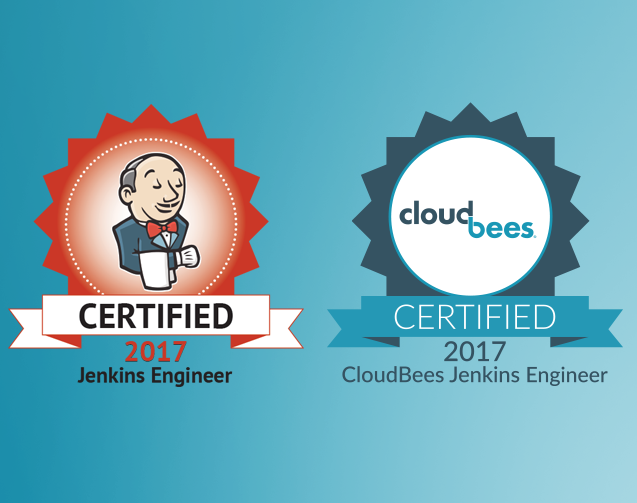Introduction to Jenkins a CI tool
Before starting with Jenkins, we would suggest new users to go through with Generic understanding of Continuous Integration.
What is “Continuous Integration”
Jenkins is a self-contained, open source automation server which can be used to automate all sorts of tasks such as building, testing, and deploying software. Jenkins can be installed through native system packages, Docker, or even run standalone by any machine with the Java Runtime Environment installed.
Jenkins was originally developed as the Hudson project. Hudson’s creation started in summer of 2004 at Sun Microsystems. Kohsuke Kawaguchi, the current CTO of CloudBees, A Company providing Enterprise Level Support for Jenkins, when he was working with Sun Micro Systems, Hudson was the most popular Continuous Integration tool available in the market providing support for each phase of delivery lifecycle, like Compile, testing, build, packaging, static code analysis, etc. Due to some clashes between Hudson Community the project was divided into two parts Hudson and Jenkins. Both Project claim each other a fork of other, but both are considered as “Independent Projects”.
Jenkins is an open source and have large Jenkins Community where CloudBees is one of the major contributor. Jenkins Community has a regular meet up for its contributor across the world to discuss about what brewing the Jenkins world. This meet up is know as Jenkins World.

An overview of Jenkins Integration with Different Product Life-cycle Stages:
There are different ways to get yourself recognized for your expertise in Jenkins by undergoing Jenkins Certification.

In our next post we will take a deep dive to Jenkins Installation.